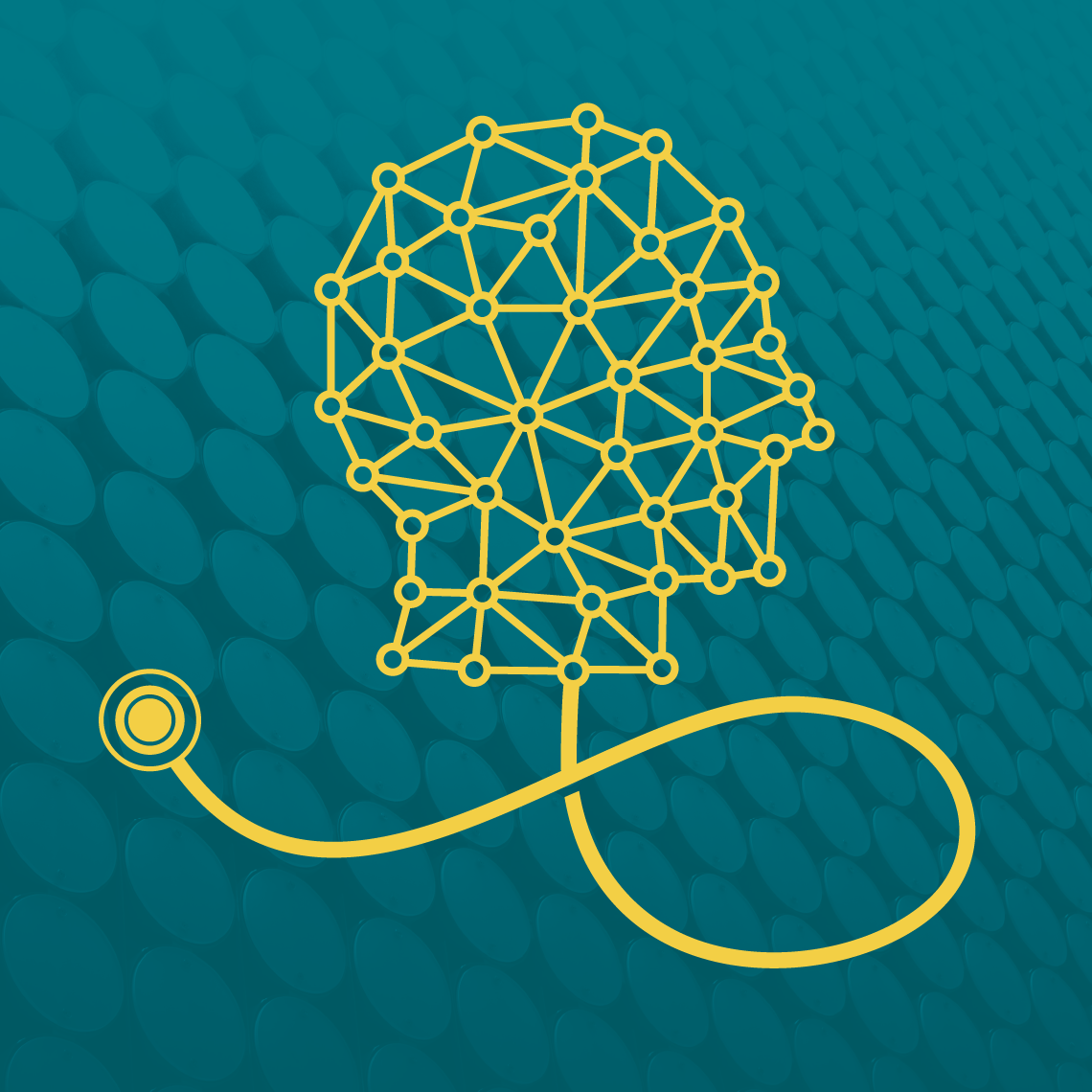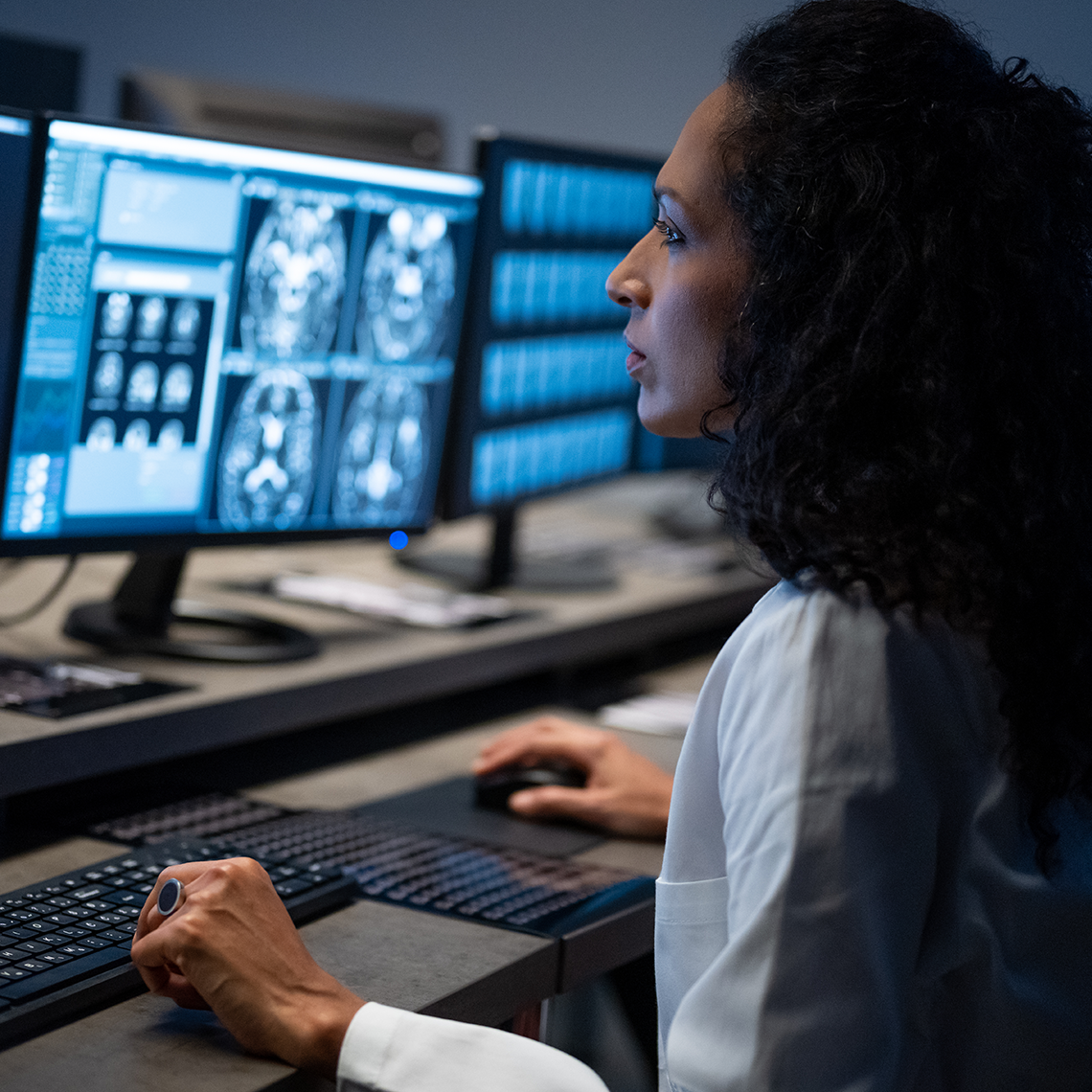Podcast
Telemedicine in the COVID-19 Era
Jul 15, 2020
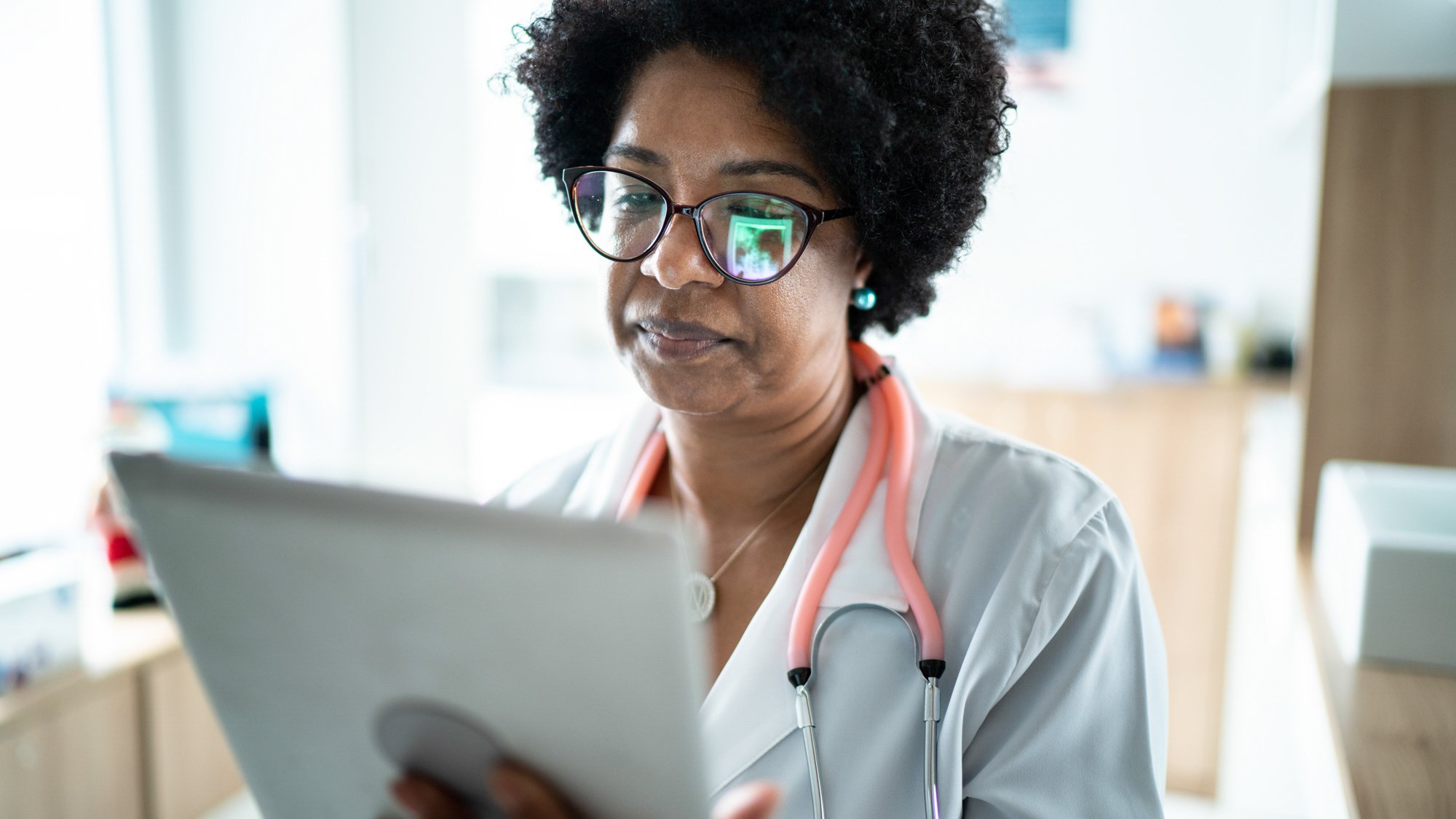
Commentators
- David Feldman, MD
- Joseph Kvedar, MD
Transcript
Telehealth, or virtual care is more popular than ever. The Covid pandemic has seen to that, but what are the patient safety and risk management issues related to virtual visits, and how has the pandemic affected all of this?
We’ll be joined by two national experts on this topic. First, Dr. Joseph Kvedar, Senior Advisor in Virtual Care at Massachusetts General Brigham, and Professor of Dermatology at Harvard Medical School. Dr. Kvedar is also President of the American Telemedicine Association.
Q.) Thank you for joining us, Dr. Kvedar.
A.) It’s a pleasure, Tom, to be with you and your listeners.
Q.) You’ve been a leader in something called ‘telemedicine’ for many years. Can you help us with some simple definitions so we’re all are on the same page about what we’re talking about? This is all in the context of today’s movement away from in-person health care because of COVID.
A.) Well the broadest term really is digital health, and that includes anything that uses computer technology to change health care delivery, and that can be as broad as electronic records or robotic process automation or things like that. I think what we’re really talking more about today is telehealth, but the core of it is clinical interactions that we used to think were limited to the office but being done now using technology.
Q.) Where do you think the priority attention is at the moment because providers are seeing how much they can redirect in person health care to virtual visits? What are some real high-level basics that must be thought out and executed well?
A.) Well at the most fundamental, what I’ve been encouraging doctors to do is to analyze very carefully the information they need to make a diagnosis or a therapeutic decision and whether they can achieve those data without touching the patient. If, for some reason you need a physical exam maneuver or the patient needs to come to a facility for some interaction like, say, for an ophthalmologist you have to put your head in the slit lamp, you have to put your head in the autorefractor, anything like that just shouldn’t be done by telehealth because it’s fundamentally going to give you short change as a clinician. But anything where you can comfortably make those decisions without touching the patient is fair game, so that’s the highest level. I think other things come in such as authentication, making sure that the patient is the patient, that the doctor is the doctor, making sure that if there are, for instance, readings on devices, let’s say we’re doing blood pressure from the home. Usually the state of the art is to calibrate those blood pressure devices in the office with the patient in the office and then send them home so that they can collect blood pressure readings and we know what they mean according to the ones we’re taking in the office. Blood glucose similarly, etc., so those are some of the high-level concerns.
Q.) Where have we typically seen malpractice claims in this space, would you expect anything to be different now?
A.) Well, it’s interesting so I published a paper in April of 2019 I believe with a colleague in JAMA, a short letter on malpractice claims and digital health, and we didn’t at that time find any case law. It wasn’t an exhaustive search, and I wouldn’t ever say that that means there is no case law, but it is rare and I’ve been following the field for 27 years. It’s been rare right along. That doesn’t mean we shouldn’t be thoughtful about risk management and mitigation and those sorts of things, but it’s been rare. The few cases that have come up, and this gets back to you and I talking about definitions, are things like internet prescribing for substances where someone never had an interaction with a doctor. Those kinds of cases have come up from time to time.
Q.) One of the top patient safety and risk management concerns might be the decision whether to see a patient virtually or not. What are some key guide posts?
A.) Yes, I agree with that and again, that’s what people are learning now. And I think, not to make it sound instinctive because all that we do should be thought out and data-driven, but as a clinician, I really believe we develop a sense of when we’re delivering quality care or not. And if you just feel like this isn’t quite right, then I think abort, and have the patient come in the office.
Q.) Do we have a modern set of practice standards for this new medical world we’re in or do they need updating?
A.) I think updating. It is very specialty specific, and the specialty societies are really the right vehicles to be having these conversations about what is best done via telehealth and what’s best done in the office. And I think I mentioned mental health. The physical exam in mental health is talking to the patient. So you can do almost 100 percent of mental health this way, yet other specialties are going to be much more metered if they involve procedural things or very, very hard-to-reproduce physical exam findings, things like that.
Q.) Thank you, Dr. Kvedar.
A.) It’s always a pleasure, Tom, and very important topic that you’re addressing here.
Joseph Kvedar, Senior Advisor in Virtual Care at Massachusetts General Brigham and Professor of Dermatology at Harvard Medical School.
Also joining us on this segment is Dr. David Feldman. Dr. Feldman is a surgeon and is the Chief Medical Officer for The Doctors Company, which is the nation’s largest physician-owned malpractice insurer.
Q.) Dr. Feldman, thank you for joining us.
A.) A pleasure to be with you.
Q.) You have been helping providers use telemedicine and think about the risks and safety measures for virtual health for a long time. What’s different now that you see that needs our attention, and what guidance has The Doctors Company given to its insureds?
A.) That’s a great question, Tom, and times certainly have changed. We know that telemedicine is being used exponentially more than it had prior to the pandemic, and we don’t believe that it’s ever going back to the way it was, which I think in many ways is a good thing both for patients and physicians. Physicians do need to think about the risks with telehealth and to begin with the first question one needs to ask him or herself is, is this the right way to see this patient and that was always the case. The Doctors Company, our mission is to advance, protect and reward the practice of good medicine, and practicing good medicine means making the right decisions and going with your gut sometimes about whether patients should really be seen virtually or in person. Especially now during the pandemic, when a physician might be confronted with a patient who is very fearful of coming to any kind of health care facility. Many patients are, we know that, whether it’s a doctor’s office or a hospital.
Having that first triage, if you will, and doctors often can have their office staff be part of that to make a determination about which kinds of patients should be seen in person and which kinds of patients can be seen via telehealth. Some of that depends on the type of visit it is. Patients are going to be more likely to opt for a telehealth visit, but once that visit starts and the physician gets more information, it may be an opportunity for them to tell a patient, you know, ‘I’m really sorry but after speaking with you, and hearing about what your issues are for the last 10 or 15 minutes, I’m very uncomfortable continuing in this way and I feel strongly that we really need to see you in person or you need to see some physician in person.’ And for a patient, that might actually be comforting, compared to just telling patients they have to come in right off the bat. For a patient to now know that, despite a physician’s attempt to see them virtually, they really felt strongly that the risk of coming in is not as great as the risk of not coming in. That’s what medicine is, it’s balancing risks so I think giving patients that kind of information can be helpful and actually enhance the doctor/patient relationship and the whole experience.
Q.) If we sort of go back to what we’ve always been talking about with telemedicine or with virtual health visits, what are some of the top line basics about practicing telemedicine safely that we would talk about even without COVID.
A.) Oh sure, well, you know, the big three we think about with any telehealth visit even before COVID were licensing, privacy, and payment, and all of those have changed. They are likely to keep changing, although many of us hope they don’t go back to the way they were. The most important thing to remember as a physician practicing telemedicine is where your patient is and where you are. Even though you’re doing this virtually, it’s still practicing medicine and you have to have a license to practice medicine where the patient is and where you are typically. And every state is different. We know this in the malpractice world. Malpractice rules are all different and licensing issues are too. There are some resources out there where you get at multiple states rules, but if it was me, especially if it was only a few states that I intended to practice telehealth in, I’d want to go right to that state’s medical board site and make sure I understand what their current rules are. Many of them have relaxed the rules because of the pandemic. We don’t know how long that’s going to last, and some of those rules may change depending on governor executive orders and so forth. But it’s worth checking before starting if you’re going to be doing visits outside your state to make sure you have the ability to practice medicine in those states.
There are some ways to do this easily. Some states actually have a special telemedicine license and there is something called the Interstate Licensing Medical Compact, I believe, which is for about half the states. It allows you to more easily obtain a regular license in the state if you have one in another state.
Privacy is another issue, we know that the HIPAA regulations have been suspended for the pandemic so that you can use lots of different devices and programs. But I would suggest, since I really believe telehealth is not going away, that physicians really think about if they are going to start down this road, getting a HIPAA-compliant program to start with, and that way you’re protected regardless of what happens. And I think it’s just good practice, especially if you’re doing sensitive things. The payment issues, that’s a whole another topic. They have been relaxed and changed in a way that makes it practical to do this. We’ll see if that holds up, but that’s a more practical thing than a risk thing.
Q.) Right, and it’s difficult to talk about a specific case, but what would be a real-world kind of example of a case with a patient or family conflict that didn’t go well, or one that did, involving telehealth?
A.) It’s pretty unusual to be honest. When you look at the overall picture of malpractice claims, telehealth is a very small part of it or it has been in the past. We’ll see what happens going forward and malpractice lags everything else, so we won’t really know what the pandemic’s impact on telehealth as a component of malpractice claims will be for a number of years. But we do know in the past, even though it was pretty unusual, it typically involved missed diagnoses, often cancer misdiagnoses. If somehow in your differential there’s something that really requires some type of examination you can’t do, and if you don’t do it and you miss that diagnosis, that’s a problem, obviously. That could lead to a delayed or missed diagnosis or wrong diagnosis and a bad outcome for a patient and a potential lawsuit. So if based on your history, you start hearing things from what the patient is telling you that you know in order to evaluate, you’re going to need something more than what you can do on a telehealth visit, that’s the time to stop and have the patient come in. Use your best judgment as they say, because I think that could really end up being a problem.
Q.) Are there ways to even think about virtual health care as a way to make things safer?
A.) Well certainly. There are things you can do, and there are great examples of it. Certainly behavioral health is an ideal type of medicine to be practiced virtually, since most of those interactions are really conversations with patients and if you can do that virtually, it’s a lot safer in the current pandemic certainly. It’s also safer because patients don’t have to go anywhere. It’s easier. We know in stressed communities, patients often can’t afford the bus fare to get to a doctor’s office. Now some would argue they may not be able to afford to have a phone either, that’s true. But there’s some interesting data that actually comes from New York City Health And Hospitals, which is a safety net system, and they found that patients actually have more resources than we think when it comes to the ability to do these kinds of visits and they are more amenable to it. So I think we shouldn’t be relying on myths and talk, and we really should see what the data shows. And I think we’ll find that patients actually may be more able to do this. And if we can see patients where we weren’t able to before, that’s certainly safer to actually have an interaction even though it’s virtual, it’s not in person. I don’t want to say it’s better than nothing. I think in some ways it’s better than what we were doing before, in some ways maybe not. But it opens up new avenues to be able to see patients that we couldn’t see before and that’s certainly going to lead better health care I think.
Q.) Dr. Feldman, thank you.
A.) Tom, it has been my pleasure and I hope everybody stays well and safe.
Dr. David Feldman, Chief Medical Officer for The Doctors Company. I’m Tom Augello.
About the Series
We’ve got you.
Our Safety Net podcast features clinical and patient safety leaders from Harvard and around the world, bringing you the knowledge you need for safer patient care.
Episodes
Teleradiology Leads Virtual Care Risk in New Study
New Study Finds Outpatient Adverse Events Common, Often Preventable
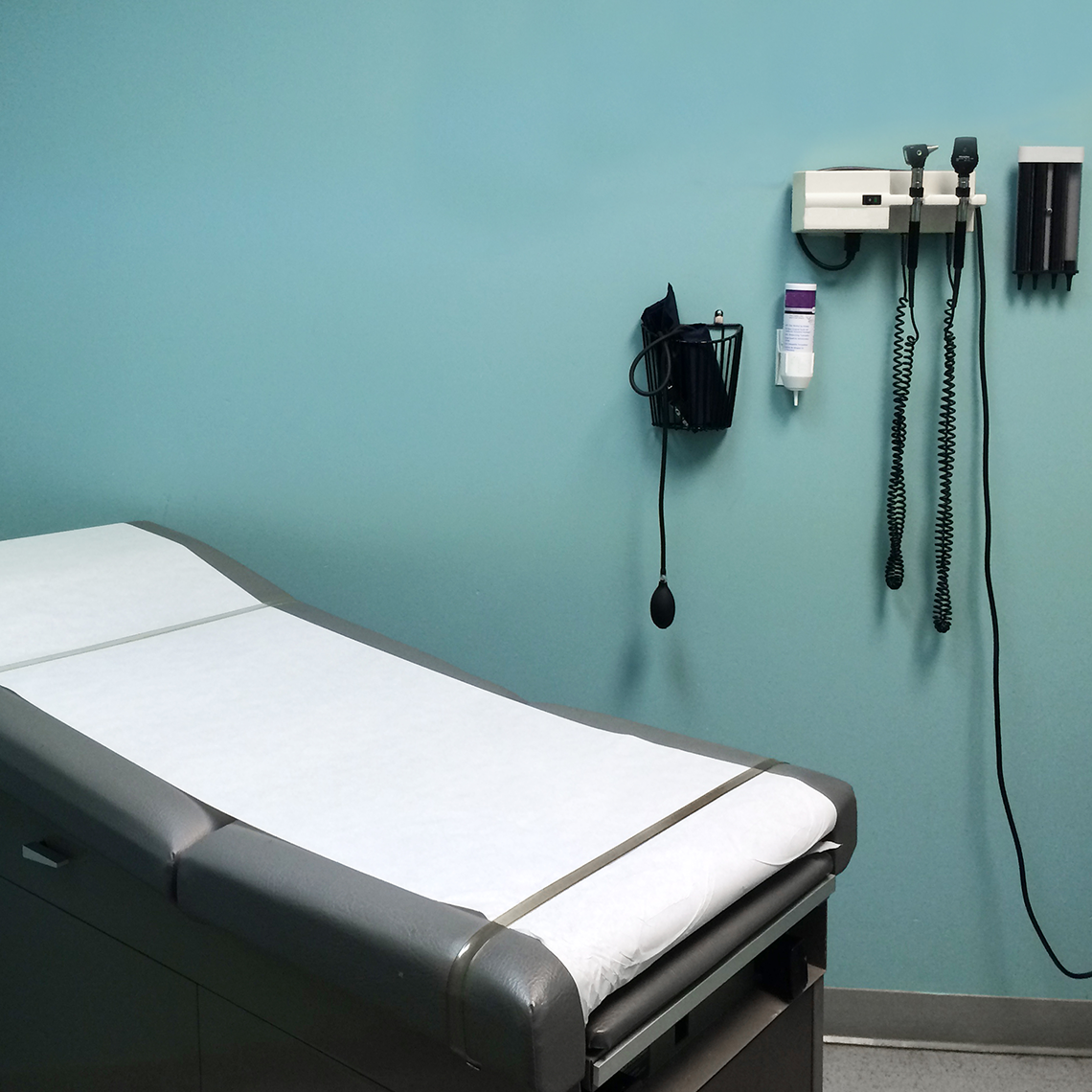
Taking the Pulse of a Clinician’s Interpersonal Skills
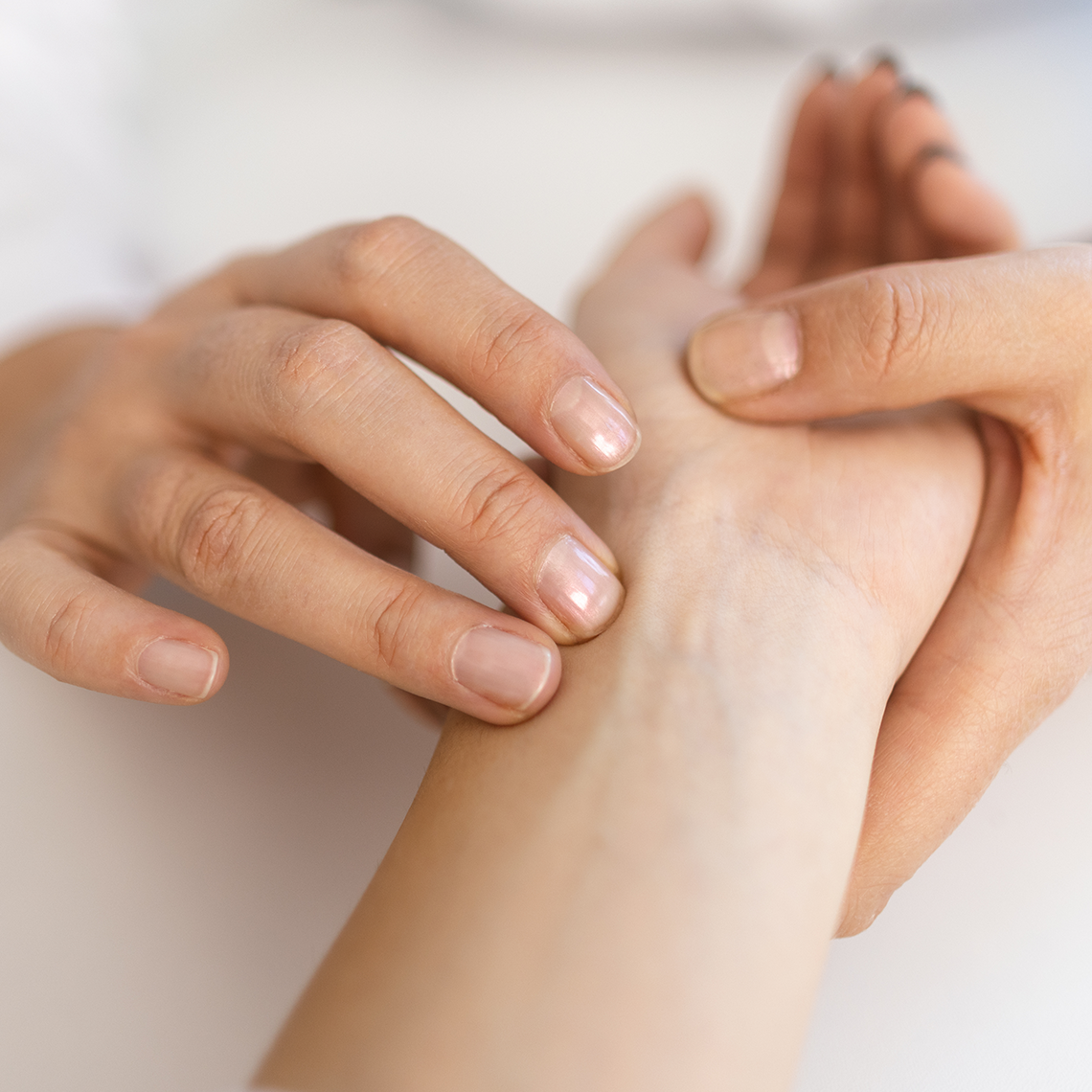
Bringing AI Into Medicine and Keeping It Safe
